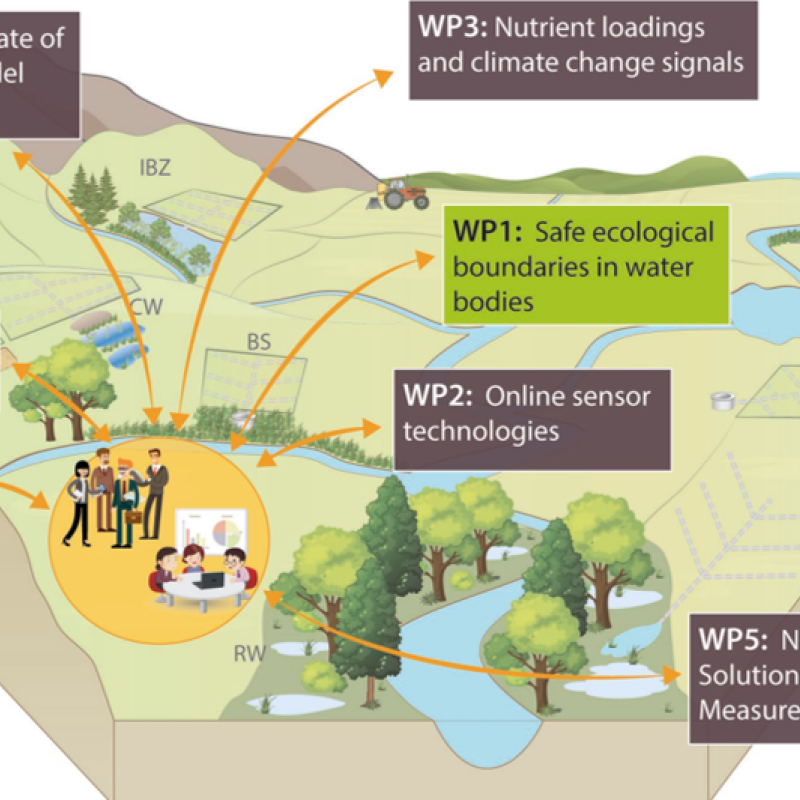Moritz Shore
Adviser
Authors
Mikołaj Piniewski Natalja Čerkasova Svajunas Plunge Michael Strauch Christoph Schürz Péter Braun Enrico Antonio Chiaradia Joana Eichenberger Mohammad Reza Eini Csilla Farkas Marie Anne Eurie Forio Peter Goethals Piroska Kassai Štěpán Marval Diego G. Panique-Casso Lorenzo Sanguanini Moritz Shore Brigitta Szabó Petr Slavík Felix WitingAbstract
This study proposes a new workflow for crop growth evaluation and yield calibration in the Soil and Water Assessment Tool Plus (SWAT+) model and evaluates its impact on simulated hydrological and biogeochemical processes. The workflow was applied for ten small agricultural catchments in Europe. A detailed demonstration is provided for the German catchment, Schwarzer Schöps. The workflow proved effective across all catchments, improving yield calibration from an initial R2 of 0.5–0.84. The results show that evapotranspiration and soil moisture were only moderately affected by crop calibration in three catchments (Belgium, Czech Republic and Norway) and negligibly changed in the remaining ones. Sediment and nutrient balance were affected more strongly: sediment, nitrogen and phosphorus loss change reached 82 % (Norway), 16 % and 20 % (Czech Republic), respectively. The proposed workflow is a valuable tool for improving the accuracy of SWAT + simulations and can be used to support decision-making in environmental management.
Abstract
SWAT+ modelling and scenario results for changes in nitrate leaching to shallow groundwater in the Himmerland catchment, Denmark, with afforestation, set aside and fertilization reduction. Results are calculated for present and future climate conditions.
Abstract
Presenting the status and preliminary results of the nitrate transport modelling for the Zelivka and Himmerland catchments using the SWAT+ model

